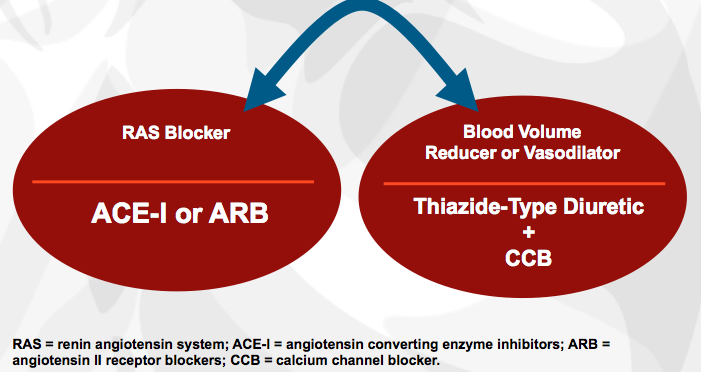Diagnosing and Treating Resistant Hypertension
LAS VEGAS—Resistant hypertension is a common clinical condition. About 70 million Americans or 1 in 4 adults have high blood pressure. Most estimates suggest that as many as 10% to 15% of those with hypertension actually have resistant hypertension, which means that it probably affects at least 7 million people and 1 in 10 visits for hypertension, according to Michael J. Bloch, MD, FACP, FASH, FVM, FNLA, associate professor in the department of medicine at the University of Nevada School of Medicine.
Bloch will discuss this topic at today’s obesity workshop titled, “Recognition and Treatment of Resistant Hypertension.” In addition to recognizing resistant hypertension, Bloch will address the importance of implementing treatment regimens aimed at reversing contributing lifestyle factors and maximizing pharmacotherapy.

Resistant hypertension is uncontrolled blood pressure despite the concurrent use of 3 antihypertensive agents of different classes, ideally one of which is a diuretic and all used at optimal doses. Furthermore, patients whose blood pressure is controlled but require 4 or more medications should be considered resistant to treatment, according to the 2008 American Heart Association (AHA) consensus statement.
The AHA guidelines recommend a 7-step diagnostic and treatment algorithm when evaluating patients for resistant hypertension. Bloch will review this algorithm during his presentation, which includes confirming true treatment resistance; excluding pseudoresistance (ie, white coat hypertension, poor adherence); identifying and reversing contributing lifestyle factors (ie, lowering sodium intake); and rationalizing/intensifying pharmacologic treatment (ie, combine agents with different mechanisms of action).
“It is well known that patient’s with apparently resistant hypertension have a higher risk of cardiovascular events,” said Bloch. “But, our experience suggests that many of these patients actually can get their blood pressure under control. Their care team just needs to be more knowledgeable in how to approach this common, but under-appreciated condition.”
- Eileen Koutnik-Fotopoulos


